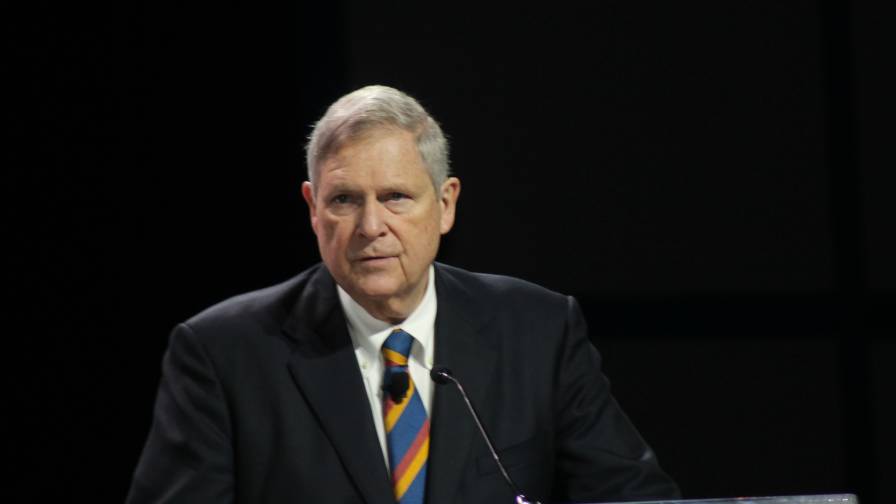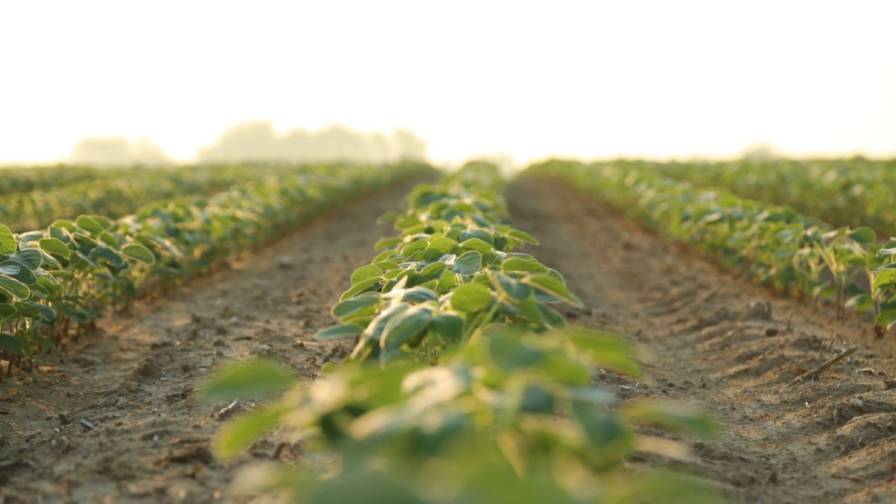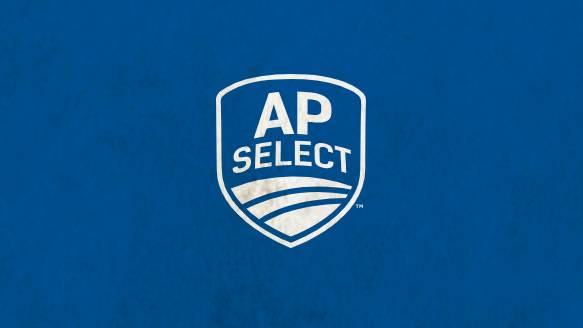The State of U.S. Agriculture, According to the Secretary of Ag

Secretary of Ag Tom Vilsack focused on fertilizer prices and Climate Smart Agriculture during his address at the 2024 Commodity Classic.
Every year, just before the planting season begins in earnest, most of the folks who do business in the agricultural marketplace head to the annual Commodity Classic trade show. Each year, this late February/early March event typically draws thousands of attendees from across the grower, ag retailer, and industry supplier/manufacturer worlds to one spot in the U.S. for a three to four day tour de force of what’s going on in the world of agriculture.
And the 2024 Commodity Classic was no exception. Overall, the four-day show, held in Houston, TX, February 28 to March 2 attracted almost 12,000 attendees to the George R. Brown Convention Center — a record-setting number, according to the show’s organizers.
Besides getting to hear educational sessions on agriculture, visit with companies doing business in agriculture, and shaking hands with industry friends, one of the highlights of any Commodity Classic is an address from the sitting Secretary of Agriculture on the state of the industry. At the 2024 General Session, held on March 1, the current holder of this office, Tom Vilsack, spoke to the audience regarding some of the positives and negatives currently impacting the entire marketplace.
Vilsack began his remarks to the audience, however, by paying homage to the people comprising the industry. “Since 1948, we’ve seen a three- to fourfold increase in productivity in this country without seeing a significant increase in the percentage of inputs producing that productivity,” he said. “This is a remarkable story — it’s probably among one of the most innovative stories in all of the American economy.”
Following a brief review of key agricultural concerns, including lower commodity prices and the increase in farm income consolidation, Vilsack discussed two other topics at length. The first was uncertainty regarding fertilizer supply to U.S. agriculture due to industry conflicts (such as the Russian-Ukraine War). Specifically, he talked about how several government initiatives introduced over the past year are helping improve — or will help improve in the future — access to affordable fertilizer. “We’ve spent a considerable amount of time looking at the challenge the high price of fertilizer has on all producers,” said Vilsack. “The President directed us to put together a program to begin more production of domestic fertilizer. To date, we’ve funded 40 projects in 25 states to expand access to fertilizer supply and promote other alternatives.”
Next, Vilsack talked about Climate Smart Agriculture. “We are encouraged by the response to the Climate Smart Agriculture initiatives,” he said. “We’ve seen farmers step up. We’ve seen that farmers understand that this is another way to reduce input costs.”
Finally, Vilsack laid out his vision for the future of agriculture. “I dream of the day when every single farm and ranch family in this great country can do what they love and then sit around the dinner table and tell their children that they too can have this opportunity.”






